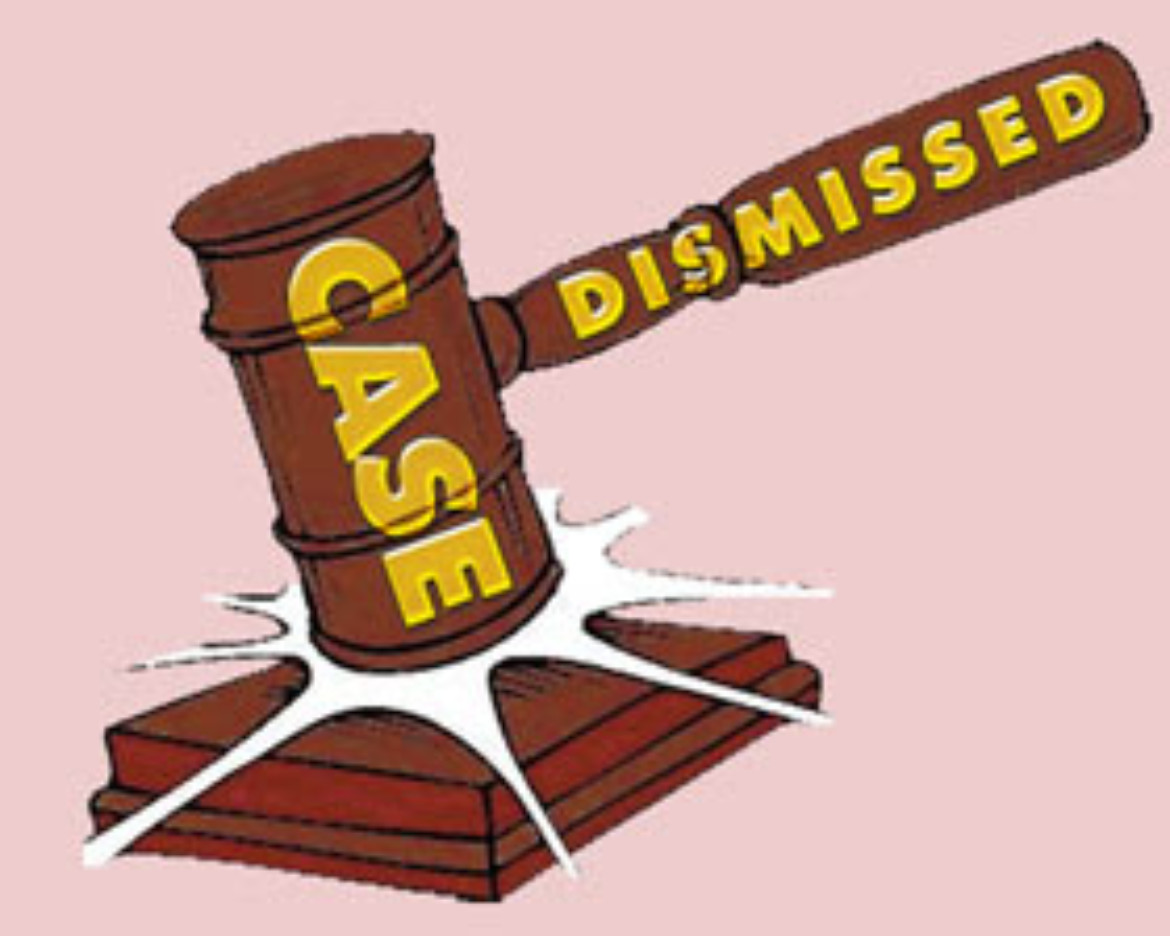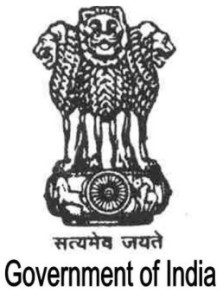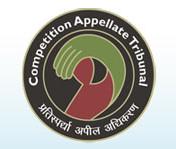The post below is by Kritika Sethi, a 4th year B.A. LLB. (Hons.) Student at NALSAR, Hyderabad. In it, she examines the Director’s Fiduciary competition law liability in light of the recent C.O.M.P.A.T. Order in National Stock Exchange v C.C.I., Appeal No. 15 of 2011.

The Competition Appellate Tribunal (C.O.M.P.A.T.) in its recent Order dated 05.08.2014 in the case of National Stock Exchange v C.C.I., Appeal No. 15 of 2011, has upheld the Order of the C.C.I. in MCX Stock Exchange Limited v. National Stock Exchange of India Ltd., Case No. 13 of 2009 [Majority Order, Dissenting Order, Section 38 Order] in holding the Company liable for abuse of its dominant position in the currency derivative business segment.
The case arose out of an information which was filed by the MCX Stock Exchange (“MCX”) against National Stock Exchange of India Ltd.(“NSE”) wherein it was alleged by the former that the latter has abused its dominant position in the Currency Derivatives (“CD”) segment. CD was introduced in accordance with the recommendations of R.B.I. and S.E.B.I. in August 2008. NSE had started its operation in the CD segment from that month itself. Further, vide its circular dated 26.08.2008, it had announced a waiver of transaction fee in all the currency future trade which included the CD segment. This waiver was extended from time to time. This extension was in operation when Section 4 of the Competition Act, 2002 was notified in 2009. MCX and NSE were the only active players that dealt in the currency derivatives market. The former operated in the CD segment only. It was not given the license to operate in any other segment like Stock Futures and Options, etc. On account of the waiver of the transaction fees and other associated charges in the CD segment by NSE, MCX was forced to waive various charges as well. It could not levy any other charge for income generation such as, inter alia, annuals subscription fees, and advance minimum transaction fees. By virtue of this waiver, it suffered huge losses. Further, NSE was charging annual subscription fees in the other segments, where MCX didn’t have a license to operate. Therefore, it was alleged by the MCX that this had a potential of removal of the only competitor and any potential competitor in the CD market due to its non-profitability.
NSE was held to be a dominant player in the market on account of its resources, size, higher degree of vertical integration, power in the market, absolute dependence of consumers etc. NSE had a higher market share than MCX and was financially stable and sufficiently resourceful to survive in the market despite waiver of any transaction charges, which was not the case with MCX.
The point to be appreciated is that the additional fiduciary duty which has been imposed on the director’s of the Company to be cautious in not violating the Competition Act, 2002. The Companies Act, 1956 did not codify the myriad of duties of the director’s of a Company and so the Courts had to rely upon common law in order to cast any duty on the directors. The Companies Act, 2013, on the other hand, recently codified various duties of a director of a Company under Section 166 of the Act. It provides for two kinds of duties i.e. duty of care, skill and diligence and fiduciary duties. One recent addition is the ‘fiduciary antitrust duty’ pursuant to which, if the company is in a dominant position in the market, the directors have a duty to take precautions so as to not to abuse the same. The Competition Act, under Section 4, does not proscribe enjoyment of a dominant position by an enterprise in the market. It is its abuse which is penalised under the Act.
The Tribunal opined that NSE must have known about the “activation” of Section 4. The Tribunal was “perplexed” when, after going through the minutes of the Pricing Meeting of the company, there was no mention of Section 4 being taken into consideration while deliberating on whether to extend the fee waiver on March 30, 2009 till June 2009; whereas the section was notified on 20 May 2009. The tribunal had expected NSE to take note of the activation of Section 4 of the Act as and when it was notified.
This ruling can have an immense impact on other companies which are assumed to be aware of their dominant position in the market. Its impact on cases brought up in the future will have to be analysed to fathom the scope of such a duty.
The penalty imposed on NSE by the CCI (and as upheld by the COMPAT), has been stayed by the Supreme Court by its Order on Sept 23, 2014.


 In a rather interesting/unforeseeable turn of events, the Ld. single judge of the Hon’ble Delhi High Court (‘DHC’) has come down heavily on a Petitioner seeking relief against a Section 26(1) Order passed by the Competition Commission of India (‘CCI’).
In a rather interesting/unforeseeable turn of events, the Ld. single judge of the Hon’ble Delhi High Court (‘DHC’) has come down heavily on a Petitioner seeking relief against a Section 26(1) Order passed by the Competition Commission of India (‘CCI’).



